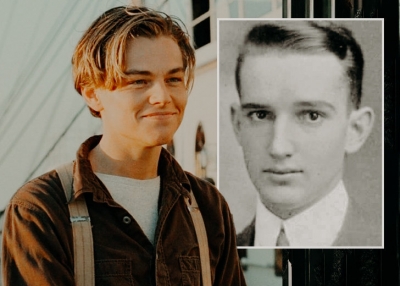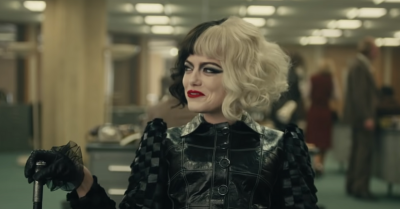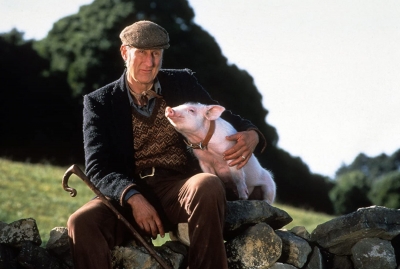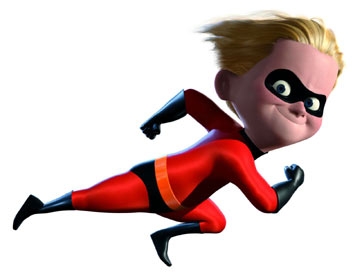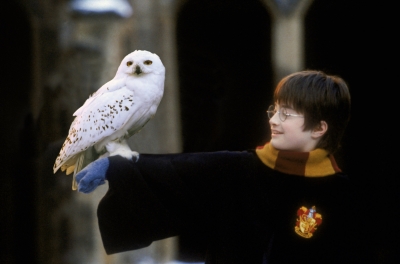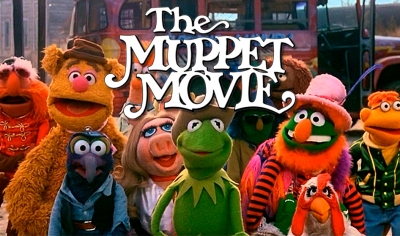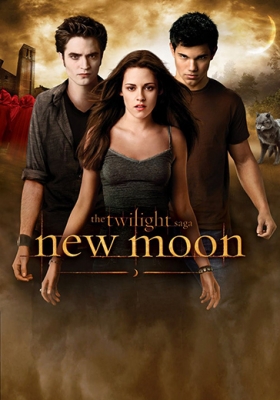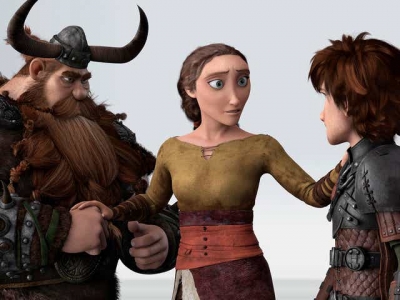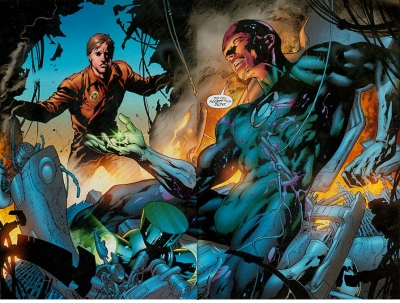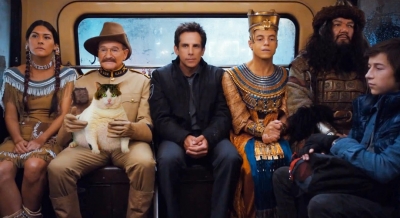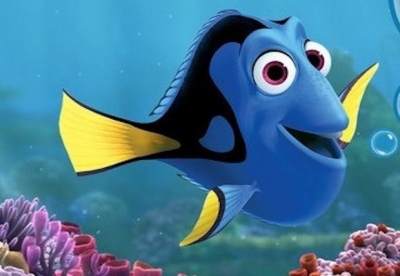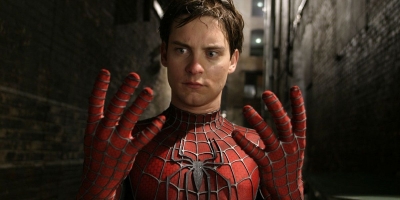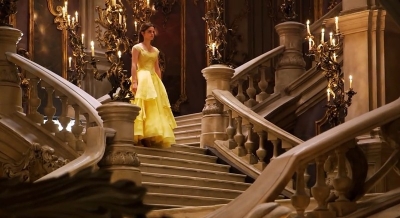Is Optimus Prime the leader of the Autobots?
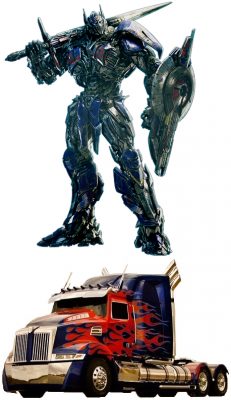
Optimus Prime is the main protagonist of the Transformers film series and the leader of the Autobots, the last Prime, and the adopted brother of the Decepticon leader Megatron. He is also known as "Orion Pax". When placed under the control of Quintessa, he is dubbed Nemesis Prime (Also known as Evil Optimus).
He has appeared in all of Michael Bay's Transformers films as well as the reboot Bumblebee film, albeit he is completely redesigned in appearance. He was more of his G1 counterpart. His vehicle mode being a Freightliner fl86. Equipped with his signature ion blaster. Though it may be the only weapon we see in the movie, he does have many more. Along with his ending scene in Bumblebee, Optimus Prime had his trailer like in Transformers: Dark of the Moon.
Optimus mentored by Sentinel Prime, the last Prime before him, and eventually became the leader of the Cybertronian scientific division, while Megatron became Lord High Protector of Cybertron. When Megatron was corrupted by The Fallen and formed the Decepticons, Optimus rose up against him in a vicious war.
Near the end of the war, after the Ark, along with Sentinel Prime and the Autobots' last hope of winning the war, vanished into space, Optimus was forced to launch the AllSpark into deep space to keep it out of the hands of the Decepticons. Without the AllSpark, Cybertron was reduced to a barren wasteland, forcing Optimus, the Autobots, and the Decepticons to abandon their homeworld and flee across space.
Credit : Fandom
Picture Credit : Google
